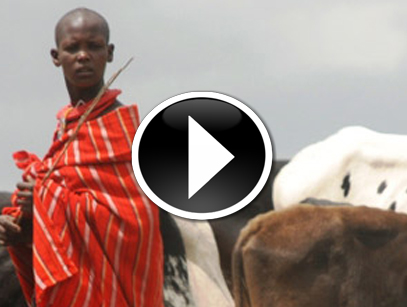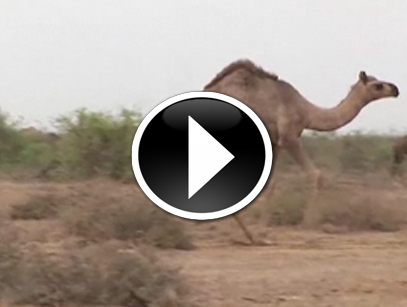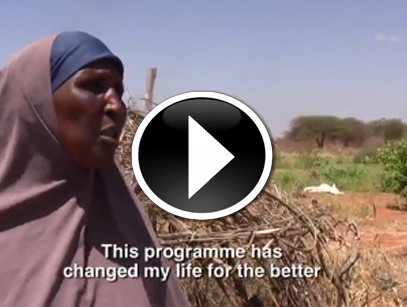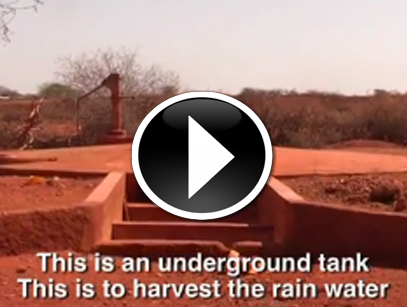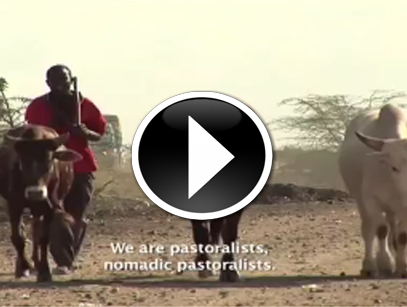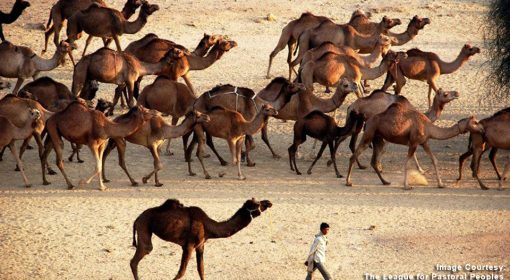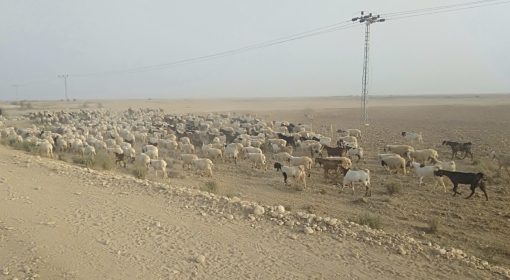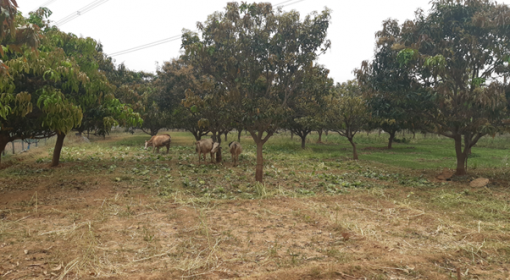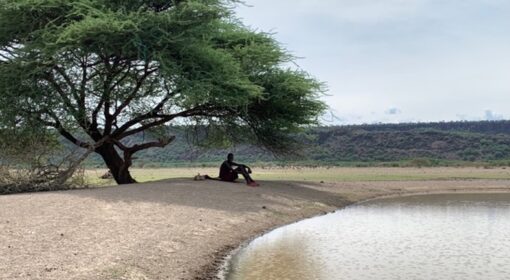Who are pastoralists?
Pastoralists are people who depend for their living primarily on livestock. They inhabit those parts of the world where the potential for crop cultivation is limited due to lack of rainfall, steep terrain or extreme temperatures. In order to optimally exploit the meagre and seasonally variable resources of their environment, and to provide food and water for their animals, many pastoralists are nomadic or semi-nomadic.
It is estimated that (at the very least) around 17.3 million pastoralists live in Africa, 3.4 million in West Asia/ South Asia, and around 2 million in Central Asia. These numbers shoot up drastically if we take into account agro-pastoralists.
Why is pastoralism important?
Pastoral practices have evolved over thousands of years. They are organically embedded in their eco-systems, and are crucial to maintaining ecological balance. They represent sustainable methods of land/ water use, especially relevant to harsh environments such as deserts and mountain areas.
Pastoral practices perform ecological services that are crucial to sustainable land/ water management and food security. Here are a few specific examples:
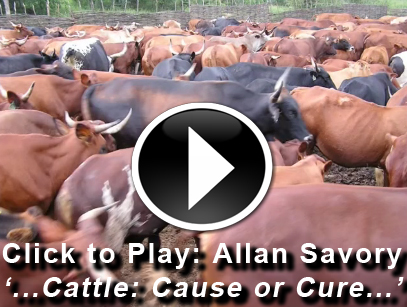 Maintaining the fertility of land: As it has done for thousands of years, suitably planned grazing helps maintain soil fertility and vegetation cover. There is an element of symbiosis in how livestock interacts with land and vegetation. Pastoralists utilize this to feed their livestock while preserving land-productivity, in a way that mimicks nature.
Maintaining the fertility of land: As it has done for thousands of years, suitably planned grazing helps maintain soil fertility and vegetation cover. There is an element of symbiosis in how livestock interacts with land and vegetation. Pastoralists utilize this to feed their livestock while preserving land-productivity, in a way that mimicks nature.
In this presentation, Allan Savory explains the process, and shows how he could employ it to regenerate a patch of bare, eroded land.
Developing and preserving bio-diversity: Over thousands of years, pastoral communities have developed and preserved livestock breeds known for their high quality and traits suited best to their local environments.
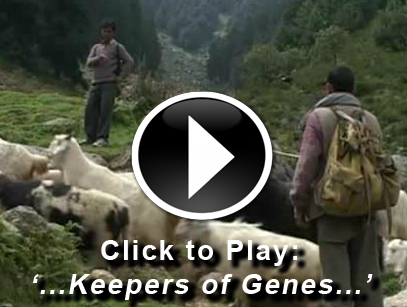 In water/vegetation-scarce areas such as deserts and highlands, this has consequences for food security. Low-input livestock systems also help conserve natural resources. Their success in arid areas offers invaluable lessons in Climaite Change adaptation.
In water/vegetation-scarce areas such as deserts and highlands, this has consequences for food security. Low-input livestock systems also help conserve natural resources. Their success in arid areas offers invaluable lessons in Climaite Change adaptation.
The film ‘Keepers of Genes’ details this by following pastoral communities in various parts of India. Pastoralism’s value as an adaptive, efficient form of land-use was also highlighted in recent discussions between scientists and pastoralists in Kenya.
Food: Pastoral livestock is an important source of food (meat, milk etc.). 90% of meat consumed in the Horn of Africa comes from pastoral systems in arid areas. Besides, small farmers depend on livestock for agricultural inputs such as manure.
Additionally, animals are source of products like hide used extensively for a variety of purposes across the world.
Threats to Pastoralism
Pastoralism is under multiple threats: expansion of crop cultivation, smaller fallow periods, wildlife parks and privatization of common pastures. Most of all, traditional pastoral systems are threatened by the widely-held view that they are ‘backward’/ ‘crude’ / ‘ineffcient,’ as compared to modern/ large-scale/ sedentary modes of animal husbandry.
In most countries, pastoral communities live on the margins of the society. Their needs and issues are somewhat unique, and often beyond the imagination of policymakers. The following videos highlight some of them, and capture some interventions that aim to secure the future of pastoralism.
More examples and resources
- The League for Pastoral Peoples
- Livestock-Climate Change CRSP (Colorado State University)
- Coalition of European Lobbies for Eastern African Pastoralism (CELEP)
- Animal Production and Health Division (FAO)
- International Livestock Research Institute
Related Article: Pastoralism, Land, Water and Climate Change: Securing the Future of a Culture of Resilience
